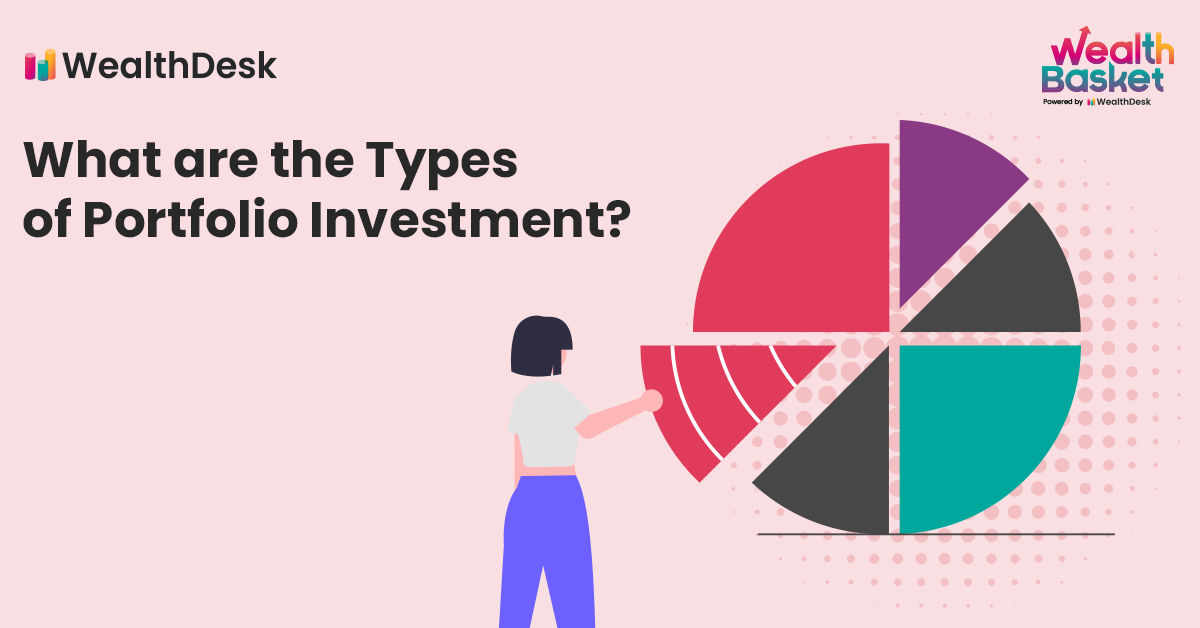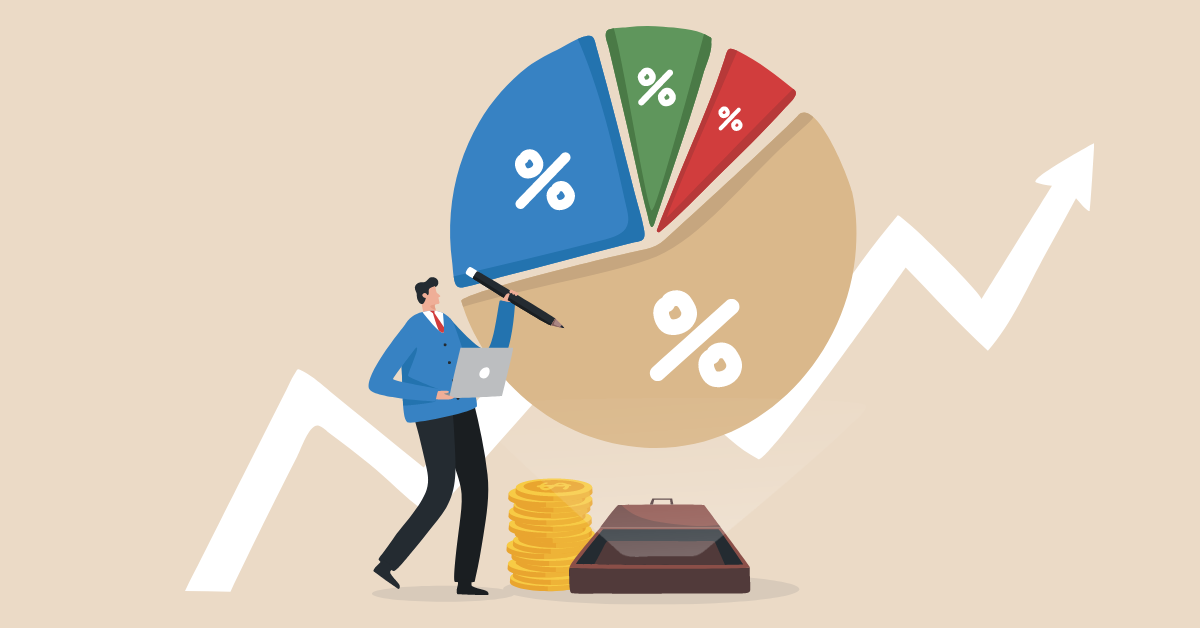What is Portfolio Analysis or Portfolio Management?
Portfolio management is the practice of studying and reviewing shareholder portfolios to know the different stocks with the number of shares and their average price. The portfolio is based on the risk appetite and investment goals of an investor. This is a simple explanation of what is portfolio analysis or management. This practice helps the investors in the decision-making process by telling them which stocks to buy and which stocks to sell at the current price to have the best stock portfolio. A stock portfolio has many stocks, and thus they have to be analyzed regularly to generate higher returns.
What are the different types of portfolio investments for stock markets?
There are multiple types of portfolio investments that are highlighted in this article. These stock portfolios differ from each other based on the risk involved and the investors’ financial goals. An ideal investment portfolio is quite balanced in every aspect and delivers enough returns for the investor to meet his financial goals.
Let’s look at some of the types of portfolio investment in a bit more detail to understand better.
-
Aggressive Investment Portfolio: As
the name implies, this shareholder portfolio is for
investors with a high appetite for taking risks. The
expected returns are higher; however, the risk
incurred is also higher. Stocks in this portfolio
usually have a high beta of 1.5 to 2 that are
otherwise considered risky bets. Beta measures the
volatility of the portfolio against the market as a
whole. Beta of the market is 1.
-
Balanced Investment Portfolio: This
is among the moderately risky portfolio investments.
Investors here have a decent appetite to incur risk,
and they are in the game with a long-term horizon.
A balanced portfolio
usually comprises 55-60% equity shares and 25-35% debt
securities like bonds, commercial papers, government
securities. The remaining portion is either cash and
cash equivalents or gold.
-
Conservative Investment Portfolio: As
the name suggests, this is a shareholder portfolio for
the risk-averse conservative category of investors.
Safety of returns is the priority here, instead of the
quantum of returns generated. Asset classes in this
type of portfolio mainly comprise debt securities,
cash, and blue-chip stocks that are less volatile and
thus relatively safe.
-
Income Portfolio: This is the best
stock portfolio for investors who want a regular and
steady flow of income through investing. This
portfolio type does not emphasize capital appreciation
in the long run; instead, it focuses on stable returns
via dividends.
-
Hybrid Portfolio: You will get the
best of both worlds in a hybrid stock portfolio, as it
is a perfect combination of a growth stock and
dividend-paying stocks. Thus, you will get a steady
flow of income via dividends, and capital appreciation
will also happen in the long run. It is
an ideal investment portfolio
as it has a mix of equity, bonds, gold, mutual funds,
etc.
-
Speculative Portfolio: This is one of
those rare types of portfolio investment that is
equated to gambling at times. The investor here is
speculating on a particular sector or product/service
that will boom in the coming years. Thus, it is an
aggressive
portfolio with high concentration risk. For instance, an investor with all the power
companies in his portfolio expecting them to make
Lithium-ion batteries for electric vehicles five years
down the line is an example of a speculative portfolio
for the stock market.
-
Value Portfolio: A value portfolio is
considered to have value stocks currently trading at a
lower Price-to-Earnings ratio. This could turn out to
be the best stock portfolio if you can buy stocks at
cheap valuations now with real value yet to be
unlocked. These stocks could also be currently trading
at a lower price due to distress in the industry or
the company. An ideal investment portfolio focuses on
value investing, which is the bedrock of
investing for the long term to create wealth.
- Growth Portfolio: This type of portfolio looks for capital appreciation with a long-term investment horizon through investment in growth companies. Growth companies are the ones that are expected to grow at a pace out beating its competitors. Thus the risk-to-reward ratio is higher in this portfolio and also the dividend is not a focus in the growth portfolio.
To know more about investment portfolios and invest in these portfolios designed by SEBI registered professionals, take a look at WealthBaskets. We also have customized portfolios made to suit different financial goals based on the investor’s risk appetite. These portfolios are created and maintained by registered SEBI advisors. Allow us to serve you!!
Conclusion
This is all we had for you in this edition of types of portfolio investments. We hope you have a better understanding of what portfolio management is and the different types of portfolios. The bottom line is, the ideal investment portfolio for you is the one that helps you achieve your financial goals and also matches your risk-taking capability. Choose the one that suits your needs.
FAQs
The best investment is the one that helps you meet your financial goals at the right time. If you have multiple financial goals, you might need to invest in risky asset classes, searching for higher returns.
Aggressive, balanced, and conservative portfolios are mainly three types of portfolio investments based on risk incurred.
It is a process of analyzing an investor’s portfolio to make informed decisions on buying and selling decisions to earn higher returns.
A conservative portfolio having higher weightage to fixed income instruments, cash and cash equivalent, bank deposits with low equity exposure is an ideal investment portfolio for a retired person.
Considering lesser responsibilities and a higher risk appetite, an ideal stock portfolio for a young working professional could be an aggressive portfolio having more high beta stocks.


















